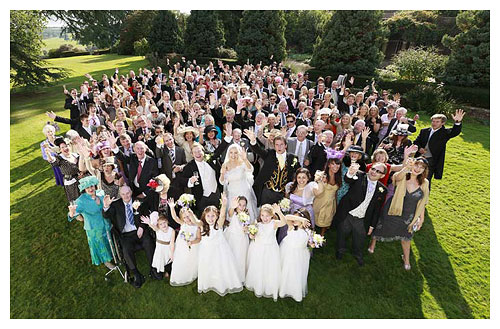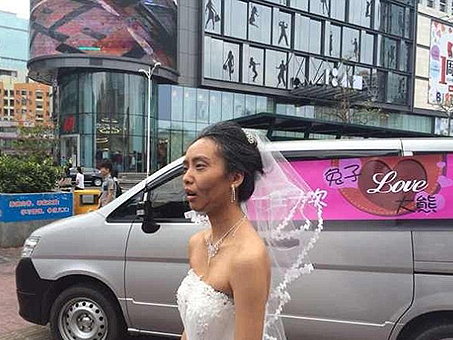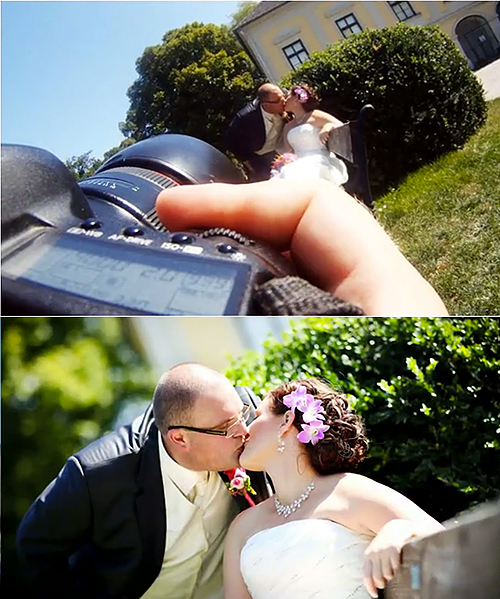
Marriage is a sacred event. It not only involves religious ceremonies of the wedding couple, but in many cultures, the wedding party upholds certain customs and traditions.
Many different contingents are involved in the joyful day. Service providers (vendors) work hard in achieving a certain theme and atmosphere the wedding party wishes for. Among them, the photographer has the role of documenting the joy and beauty generated on the blissful day. Essentially, everyone shows and does their best in creating a most memorable event.
Sometimes, the beauty of the event is damaged by service providers who put their egos above all else; not aware of how certain sanctities during the event should not be disturbed. Every aspect of every element of the wedding event should remain picturesque. Therefore, there needs to be a respectable level of understanding between the service providers.
What are the duties of a wedding photographer?
• Attend the technical meeting/ committee meeting. Inform them of the list you have of your requirements for executing your photographs (for example: photo studio space, power, location of electrical sockets). Good coordination among service providers will make for an organized event.
• Understand the event’s agenda and attend as scheduled. Set aside extra time for preparations of staff and equipment. If the location is unfamiliar to you, survey the site on a previous date. On the day of the event, everyone is busy with his or her own dealings; do not add to their burden.
• Dress politely and respectively. Especially in a traditional wedding ceremony, casual sandals, polo/t-shirts, and “faded” jeans should not be work.
• Eat before the day starts. Remember, we’re there to work.
• Understand all the rules that apply on the location site of the event. For example, pay attention to the etiquette for entering a place of worship, the obligation of wearing a certain traditional costume, and certain off-limit areas within the site.
• Do not interfere with other personnel on duty, like blocking the view of the event’s host.
• Remind and suggest certain tips that the bride should abide by in order to guarantee for a amazing photographs. Perhaps suggest that she should smile often, to keep her face up and well lit, and to stand up straight. Talk her through these pointers a few days before the event and not during the event, because this may interfere in with her concentration and may disrupt the solemnity of the procession.
• Ultra-wide lenses often produce dramatic effect. However, when used at the wrong moment, it may deem itself disrupting. Wide lens’ distortion may make a person’s portrait become disproportionate. Use ultra-wide lenses wisely.
• Use equipment appropriately. Consider whether the photography equipment being used will distract the site’s set and if it will get in the way of certain aesthetics. The wedding party paid quite a sum of money to decorate the space to suit their themes. Lighting umbrellas and soft box often block the view of the stage or altar. This is where a photographer is tested to not be dependent on only one type of lighting instrument and gear.
• Do not interfere too much in trying to control things, leave the proceedings of the event to the host.
• Appear low profile and blend in with the event, so the presence of the photographer does not create an awkward or damaging atmosphere. Try to place a few photographers at strategic points and angles around the event’s site. This will ease the process of shooting memorable pictures without the photographer getting in the way.
• If there are any videographers and other photographers in the event, be clever in striking an agreement (like not getting in each other’s way, and so on).
• Submit the photos within the agreed upon time.
Lastly, a professional photographer never shows any failed photos to the client. Always show your best photos and keep the failed ones for introspective material.
















